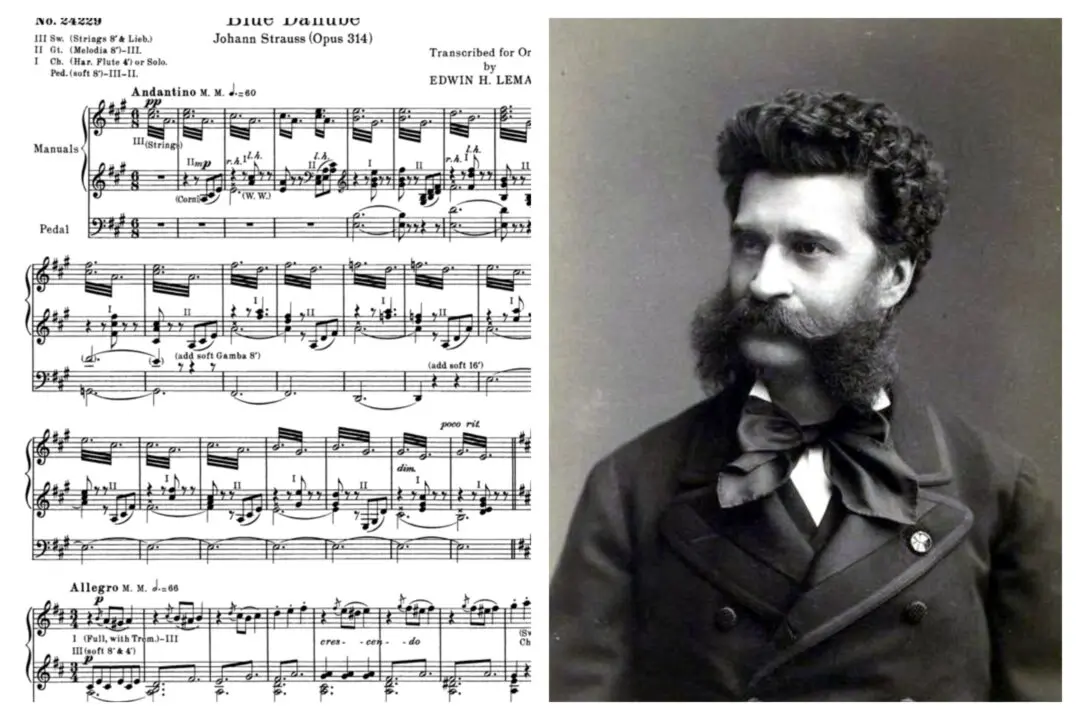If you were to time travel to Manhattan in the mid-19th century, you would encounter filthy streets, rampant disease, and political corruption. In short, the same problems that most cities in the world experienced at the time. Only worse.
When the Civil War ended, New York City boasted a mortality rate of 1 death for every 36 citizens. Living there was more fatal than Boston (1 in 41), Philadelphia (1 in 43), or anywhere in Western Europe. And unlike Philadelphia, which had benefited so much from Benjamin Franklin’s organized city planning, New York was constructed around a different model—the tenement system.





